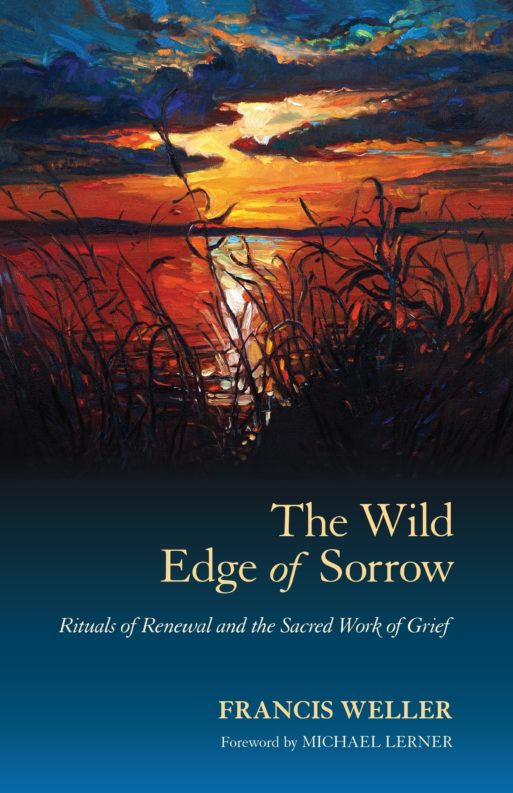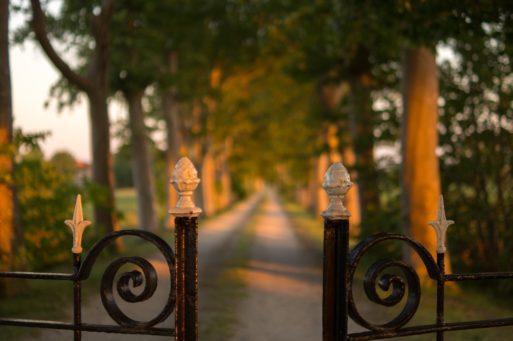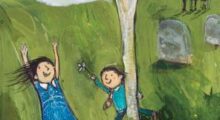
In “The Wild Edge of Sorrow: Rituals of Renewal and the Sacred Work of Grief,” psychologist Francis Weller encourages readers to reconnect with their own grief; to hold and express it through communal sharing. Weller draws on his experiences leading “grief circles,” in which participants come together to mourn — rituals that create space for love, compassion and joy. Some are there to honor the death of a loved one, or the loss of a home or marriage. Others are dealing with chronic illness, or trauma suffered in childhood or war. Many are mourning the ecological devastation witnessed in the world around them. Whatever their reasons, Weller finds undertaking an “apprenticeship with sorrow” to be ultimately beneficial.
“This apprenticeship leads us below ground, into the hallway of shadows and forgotten ancestors. Here we find the scattered shards of unattended grief, the pieces of unwept loss, and the shavings of old wounds swept into the corner.”
The rituals Weller describes often incorporate drumming, singing and wailing. There are shrines and altars. Sometimes, things are burned. This process not only enables participants to let go of the emotions they’ve been holding, but also to connect with others and feel held and supported by them. While personal mourning rituals can be profound, and Weller acknowledges the importance of solitude, he stresses the need for a communal container as well.
“We need to recover our right to ask for help in grief, otherwise it will continue to recycle perpetually. Grief has never been private; it has always been communal. Subconsciously, we are awaiting the presence of others, before we can feel safe enough to drop to our knees on the holy ground of sorrow.”
Walking the “Wild Edge of Sorrow”

“Each of these doorways leads to the communal hall of grief.”
– Francis Weller
Weller identifies what he calls “Five Gates of Grief,” which include 1) the sorrow of losing someone or something we love; 2) the places in us that have not known love; 3) the sorrows of the world; 4) what we expected and did not receive; and 5) ancestral grief. To address these various forms of grief — many of which are disenfranchised — he encourages personal and communal rituals, which can evoke a sense of reverence while holding the “wild and eruptive moods of sorrow.” He interweaves the specifics of how these rituals can balance our bodies and psyches with stories of those who’ve been impacted by them — such as a nun in her mid-70s who finally found permission to mourn the father she’d lost at 15.
Readers who are carrying their own forms of grief — and really, who isn’t? — will benefit from Weller’s permission to experience and express unresolved emotions. They may find some ideas for creating a personal ritual, or feel inspired to reach out to a friend or local grief circle. Ultimately, Weller’s book calls on each of us to be present for our inner sorrows — as well as those of others. As Weller wrote, “It is our responsibility to be available to this emotion and offer it back to our struggling world.”
You can watch Weller discuss grief in the video below.

 “The Wild Edge of Sorrow: Rituals of Renewal and the Sacred Work of Grief” by Francis Weller
“The Wild Edge of Sorrow: Rituals of Renewal and the Sacred Work of Grief” by Francis Weller


 How to Comfort A Dying Loved One
How to Comfort A Dying Loved One
 Our Annual Seven Holiday Gifts for Someone Who Is Grieving, 2024 Edition
Our Annual Seven Holiday Gifts for Someone Who Is Grieving, 2024 Edition















